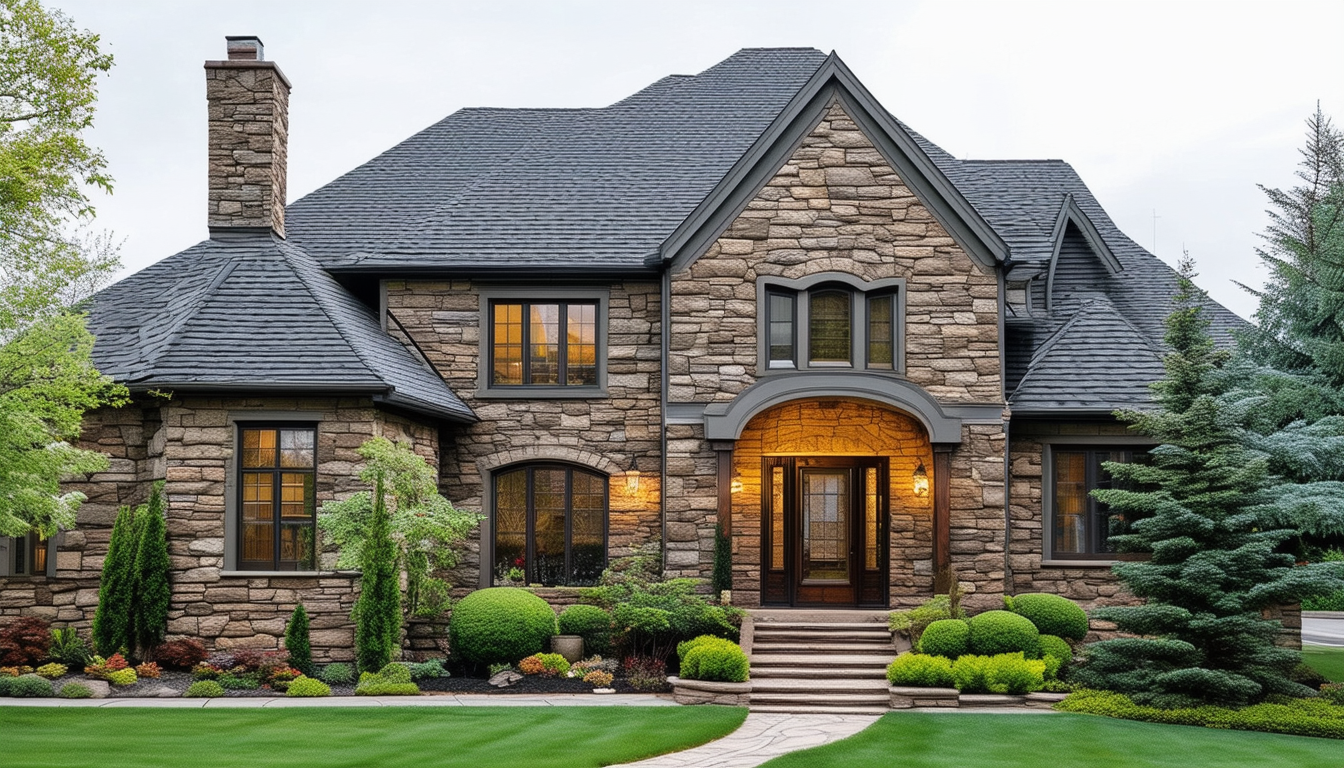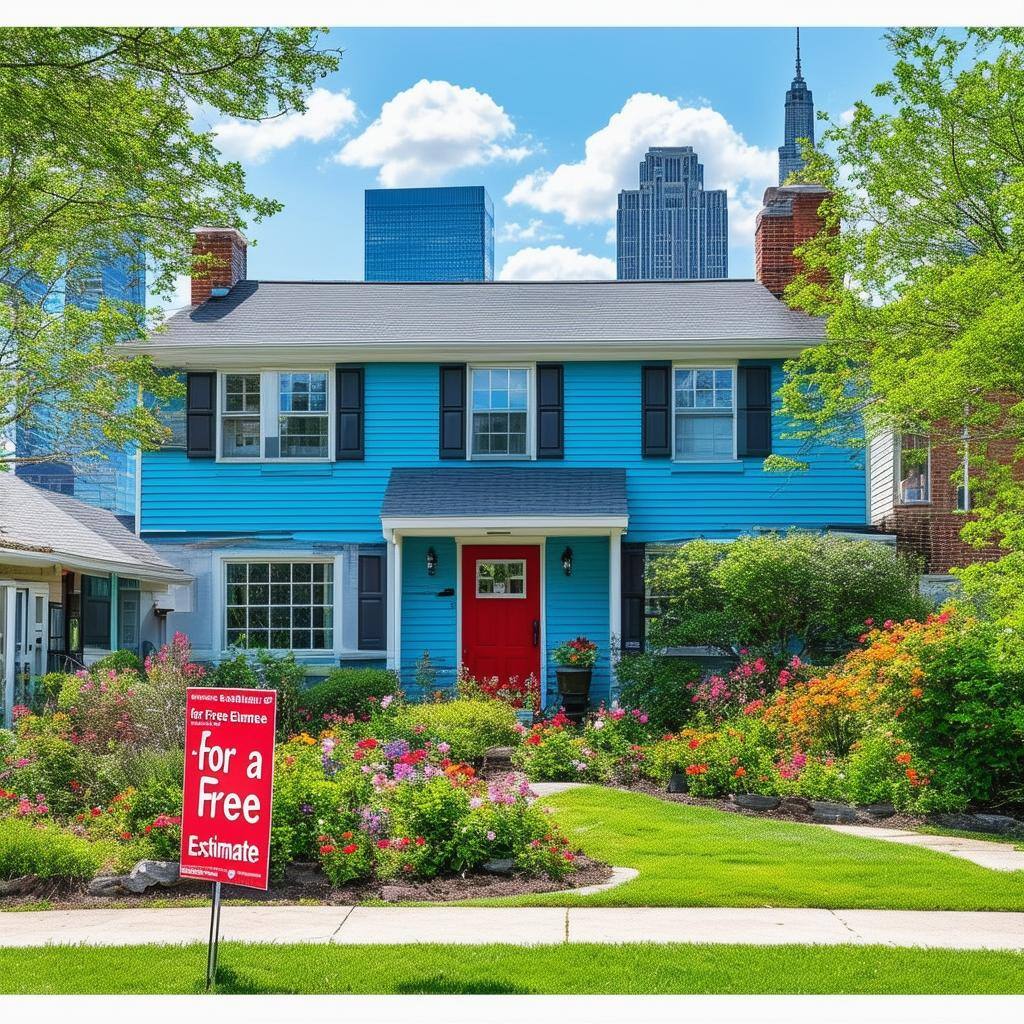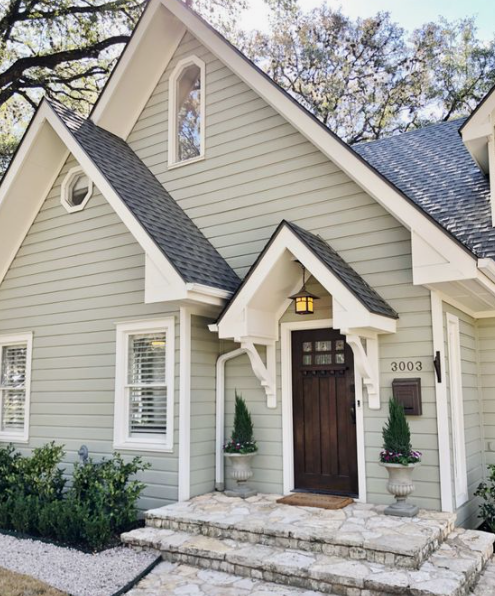5 Exterior Stone Veneer Siding Considerations

Transform your home's curb appeal with these essential exterior stone veneer siding considerations.
Understanding the Types of Stone Veneer
When it comes to stone veneer siding, homeowners can choose between natural stone veneer and manufactured stone veneer. Natural stone veneer is made from real stone that has been cut into thin pieces, offering a timeless and authentic look. On the other hand, manufactured stone veneer is made from a mixture of cement, aggregates, and pigments, designed to mimic the appearance of natural stone. While natural stone is generally more durable, manufactured stone offers more flexibility in terms of colors and designs.
Another important consideration is the application method. Some stone veneers are designed for direct application to a wall, while others require a substrate or metal lath. Knowing the different types can help you make an informed decision that aligns with your aesthetic preferences and functional needs.
Assessing Durability and Maintenance
Durability is a key factor when selecting stone veneer siding. Natural stone is highly durable and resistant to the elements, making it a great long-term investment. Manufactured stone, while also durable, may not withstand harsh weather conditions as well as natural stone. However, advancements in technology have significantly improved the quality and resilience of manufactured stone veneer.
Maintenance is another crucial aspect to consider. Both natural and manufactured stone veneers require periodic cleaning to maintain their appearance. Natural stone may need sealing to prevent moisture absorption, while manufactured stone generally requires less maintenance. Understanding these factors can help you choose a stone veneer that fits your lifestyle and maintenance capabilities.
Evaluating Cost and Budget Concerns
Cost is a significant consideration for most homeowners when choosing stone veneer siding. Natural stone veneer tends to be more expensive due to the cost of the material and its installation. Manufactured stone veneer is generally more affordable, offering a cost-effective alternative without compromising on aesthetic appeal.
It's essential to factor in both initial costs and long-term expenses. While natural stone may have a higher upfront cost, its durability could result in lower long-term maintenance costs. On the other hand, manufactured stone may require more frequent upkeep but offers savings on initial installation. Evaluating these cost factors can help you make a budget-conscious decision.
Installation Process and Best Practices
The installation process for stone veneer siding can be complex and requires professional expertise to ensure a flawless finish. Proper preparation of the substrate is crucial for the longevity and appearance of the stone veneer. This can include cleaning the surface, applying a moisture barrier, and using the appropriate mortar mix.
Best practices also involve ensuring proper drainage and ventilation to prevent moisture buildup behind the veneer, which can lead to mold and structural issues. Hiring a professional contractor experienced in stone veneer installation can help ensure that these best practices are followed, resulting in a durable and visually appealing finish.
Enhancing Aesthetic Appeal
Choosing the right stone veneer can significantly enhance your home's aesthetic appeal. The texture, color, and pattern of the stone can complement your home's architectural style and landscape design. For instance, a rustic, natural stone veneer can add charm to a country-style home, while sleek, manufactured stone can offer a modern look.
Why choose Bella Construction in Pittsburgh? Bella Construction specializes in high-quality stone veneer installations, offering a wide range of options to suit different tastes and budgets. Their expert team ensures meticulous installation, enhancing the beauty and value of your home. With their commitment to excellence, Bella Construction makes it easy to transform your home's exterior with stunning stone veneer siding.



